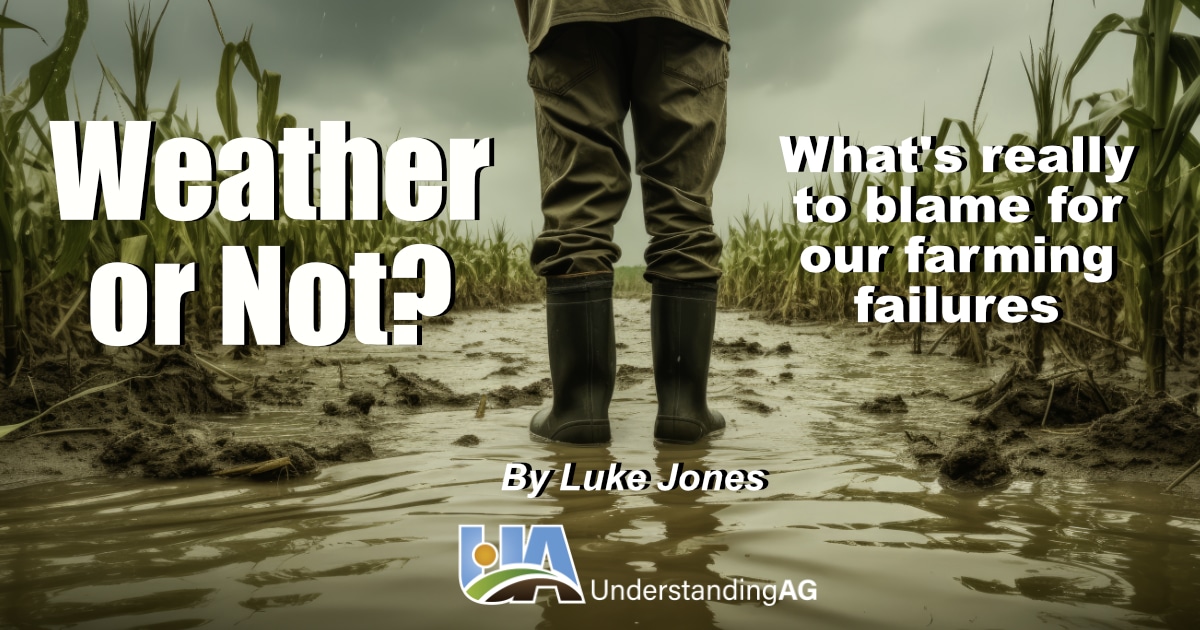
Most of us have heard the old sayings regarding weather and farming including, “Don't plant until the barn swallows return,” and “Wait until the oak leaves are as big as a squirrel's ear.” These, and many other sayings, were tied to observations and farming in sync with what Mother Nature was telling us in terms of heat accumulation, insect activity, etc. They were used to provide guidance for crop establishment and crop growth prior to our increasing reliance on technology. We have been sold on the promise that technology will “make your life easier.”
I think it's safe to say everything has consequences, or as we refer to it, compounding and cascading effects. In the past few decades of production ag, we have been laser focused on high yields. It's all we can think about, and it’s what we brag about. Our focus on ecosystem health and biodiversity has taken a backseat. Our natural systems are out of balance, and micro-climates have been significantly impacted.
The other day, while doing chores, Ag Talk was on the radio with the hosts discussing current markets and events. During the segment, they interviewed an analyst regarding the national corn yield average and how we were below trendline yields. He stated that by 2060, we were going to be completely farmed out of productive soil and pressured to feed a global population. His elevated delivery was comparable to a teapot rising to a boil. After yields were discussed, the guest and host concluded that reduced yields were due to weather that didn't work in our favor.
The same week I heard that radio talk show, I received a weekly farm newspaper that frequently has Nutrient Loss Reduction Strategy (NLRS) as a topic. The article provided updates on reducing nitrogen and phosphorus loads, and indicated farmers were behind on this objective, attributing the lag to, you guessed it, weather.
I recall one year where this report showed great progress, and you could hear the champagne bottles popping, but I guess Mother Nature showed up and ruined the party. For context, the goals are to reduce nitrogen and phosphorus leaving Illinois by 45% with an interim goal of 15% less nitrogen and 25% less phosphorus runoff by 2025. Currently, Illinois is dealing with an increased runoff of 4.8% nitrogen, and 35% phosphorous. The application of variable-rate fertilizer, cover crops, no-till, and the 4R’s are the practices promoted, but each practice alone is not THE solution. There is never a singular solution. It takes the intentional application of all the principles of soil health to move the needle in the right direction. (1) That is why Understanding Ag developed the 6-3-4TM (Fact Sheets - Understanding Ag).
We often hear we need to “fight climate change” or we need to “mitigate climate change.” In farming, weather is, and always will be, a challenge. We almost never have a “perfect” weather year. We need to treat our agricultural land within its historical natural context. I'm not saying we need to put it all in CRP or grassland. But, we do need to provide a roof over the soil first to help regulate soil temperature and protect it from wind and rain.
Talk with farmers anywhere and anytime and you will quickly hear about the years that stood out to them in terms of weather events. There have been warm winters and cool summers that were not the norm. In 2023, Christmas was beautiful, but Christmas in 2022, the windchill temperature was 30 degrees below zero. How does one fight either of those? The answer is you don’t. Instead, you build and protect your soil utilizing the principles of soil health.
In 2023, many of the grain-producing states received below-normal rainfall. However, most farmers caught timely rains which led to a respectable crop. I never thought I would hear producers be disappointed in 65+ bushel soybeans, 200+ bushel corn, and 100+ bushel wheat, but here we are. Our current “produce maximum yields at all costs” approach has us in the red financially while steadily degrading our soils and requiring additional inputs.
If we look at the last decade of actual national corn yields, we have seen no notable increase in average yield. The same has occurred with our national average soybean and wheat yields.
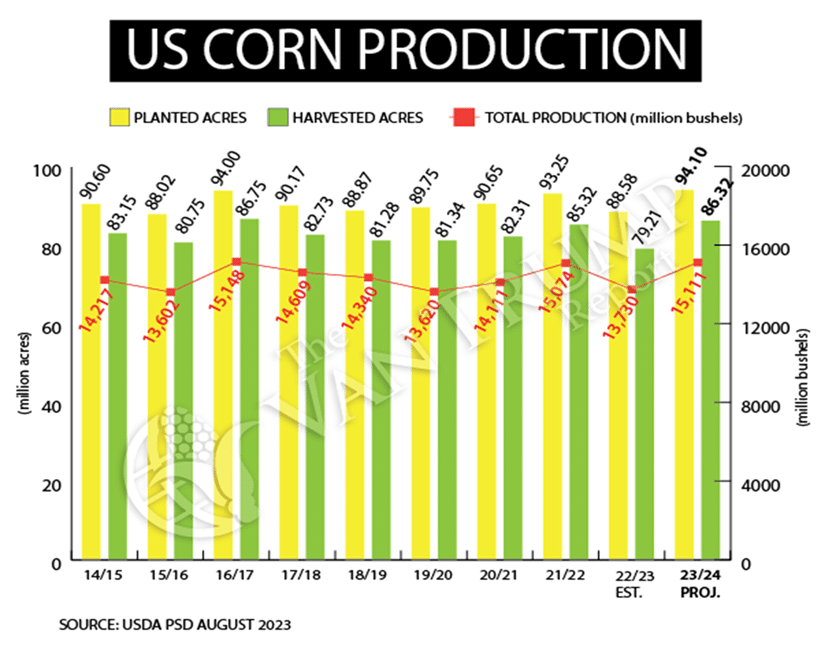
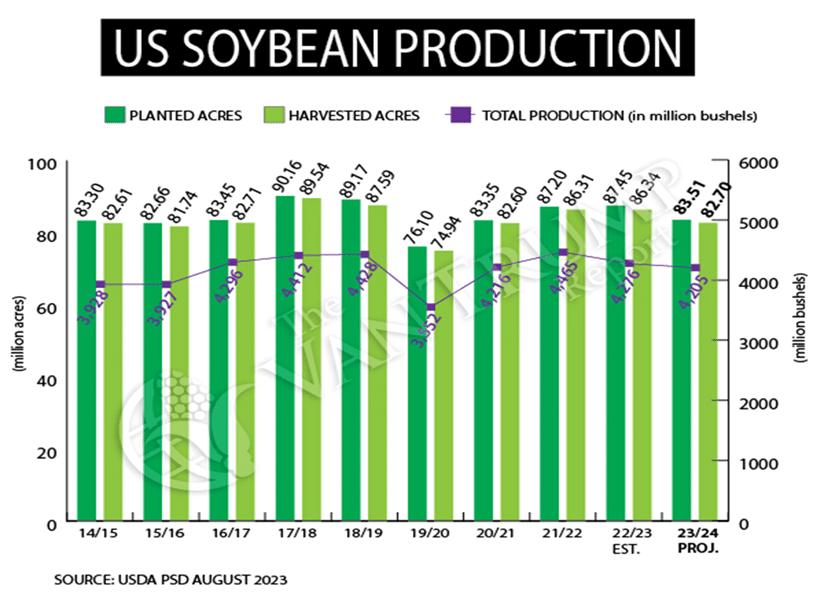
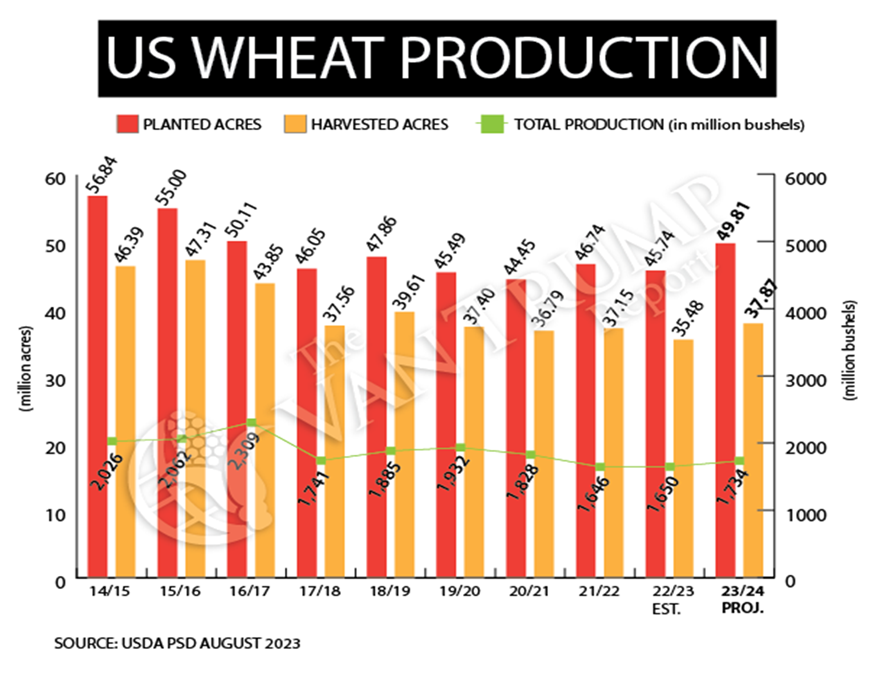
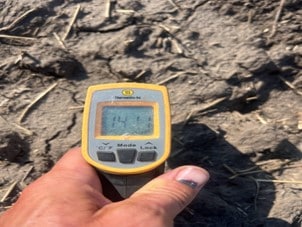
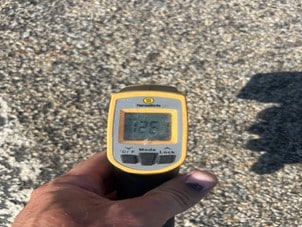
As pressure mounts and debt load increases, we are experiencing rising levels of depression and suicide in agriculture. Yet, there is ever-increasing pressure to produce higher yields. The weather is becoming our convenient excuse for not continuously increasing those yields. So, what are we supposed to do? How do we fight the weather? Do we look for more adaptive seed traits, and more technology? These are simply costly input band-aids applied on a gushing wound that will do nothing to alter our weather challenges. We can't afford to continue farming this way. I have never seen a new technology or trait come out that is cheaper than the previous options. There is a cost to these “solutions,” and you won't see the company creating the next best thing absorbing that cost. The real solution lies in our soil.
Understanding Ag consultants routinely measure soil temperatures of 130-150 F. In the summer of 2022, soil surface temps as high as 162 F were recorded in irrigated crop fields.
So here we are, with record amounts of Farm Bill funding to “fight climate change,” and I really don't see where this taxpayer funding is doing any good. Sure, you will see some practices change here and there, but until producers are actually educated vs. “incentivized,” there will not be a continuation of best stewardship practices. We need to all look in the mirror and ask ourselves: Are we really doing what we can to educate ourselves in sound soil health practices? Do we fully understand what soil health is?
I see alternative energy being pushed as a way to “fight climate change” and while I can appreciate utilizing multiple forms of energy production, I wonder how these large solar and wind fields will actually affect our local climates. I think it's a legitimate question as to what it will do to our microclimates. This might be worth a blog alone, once we can capture more data.
For those who think adopting a regenerative thought process on their operation is risky, let me ask you this question: Do the standard practices you implement routinely, year after year, always work as expected? I think it's safe to say the answer is, NO! We aren't expecting each operation to flip a switch or to implement new strategies on every acre, but trying a few new practices on smaller acres to build confidence is worth considering.
At Understanding Ag, we meet you where you are, and help you confidently and profitably begin your regenerative journey. We help you anticipate and “Weather the storms” you might experience as your journey begins.
(1) "Agriculture And Environmental Experts Comment On Release Of Illinois Nutrient Loss Reduction Report, Call For Greater Accountability And Leadership To Protect Health Of Lands And Waters." Illinois Environmental Council, 1 Dec. 2023.
